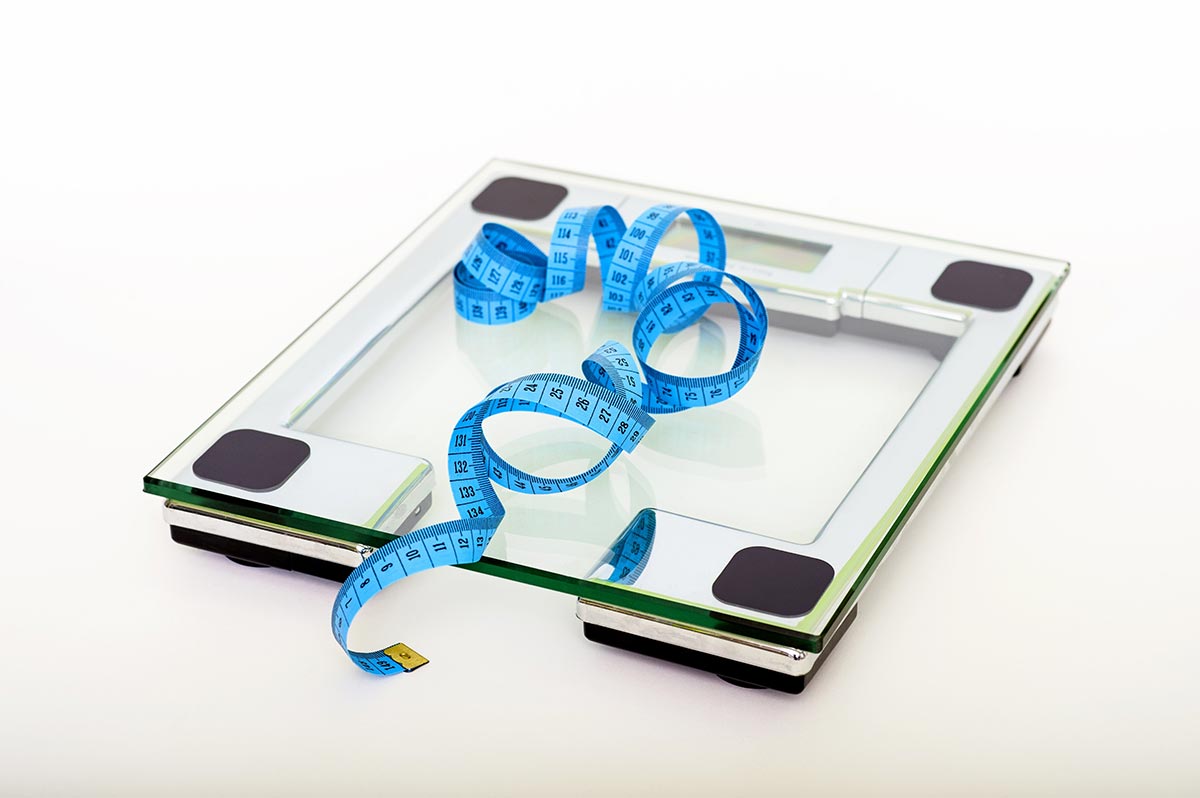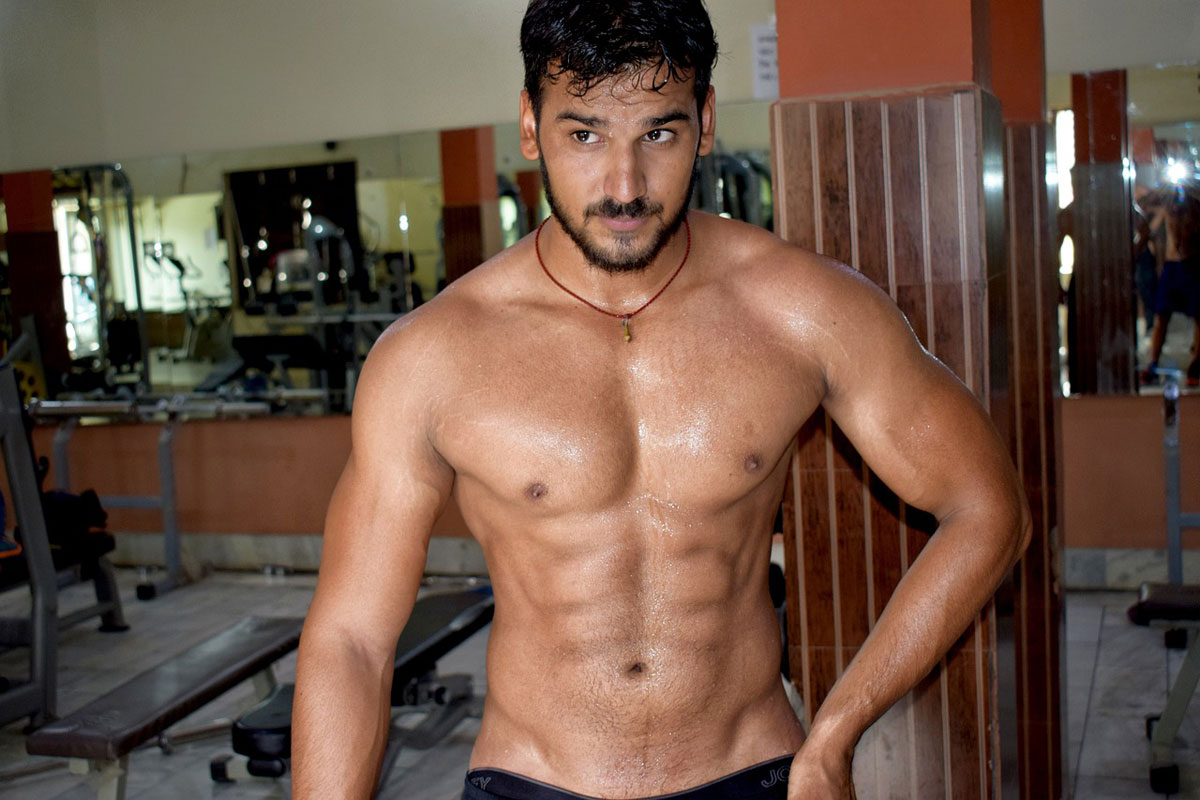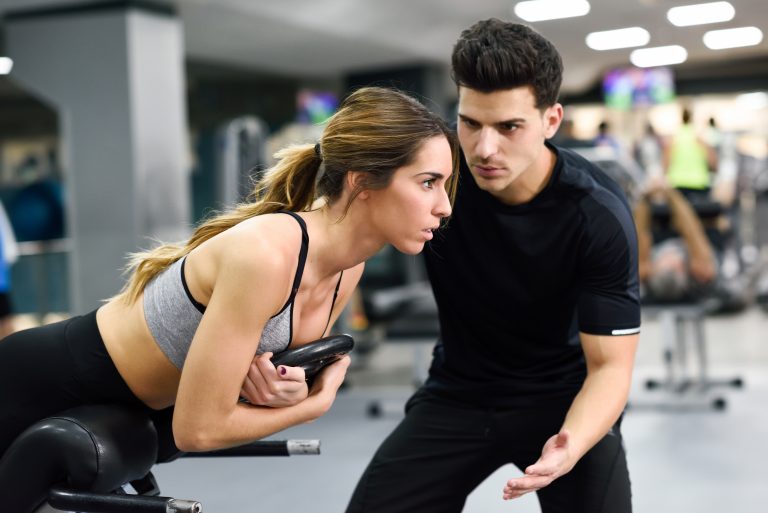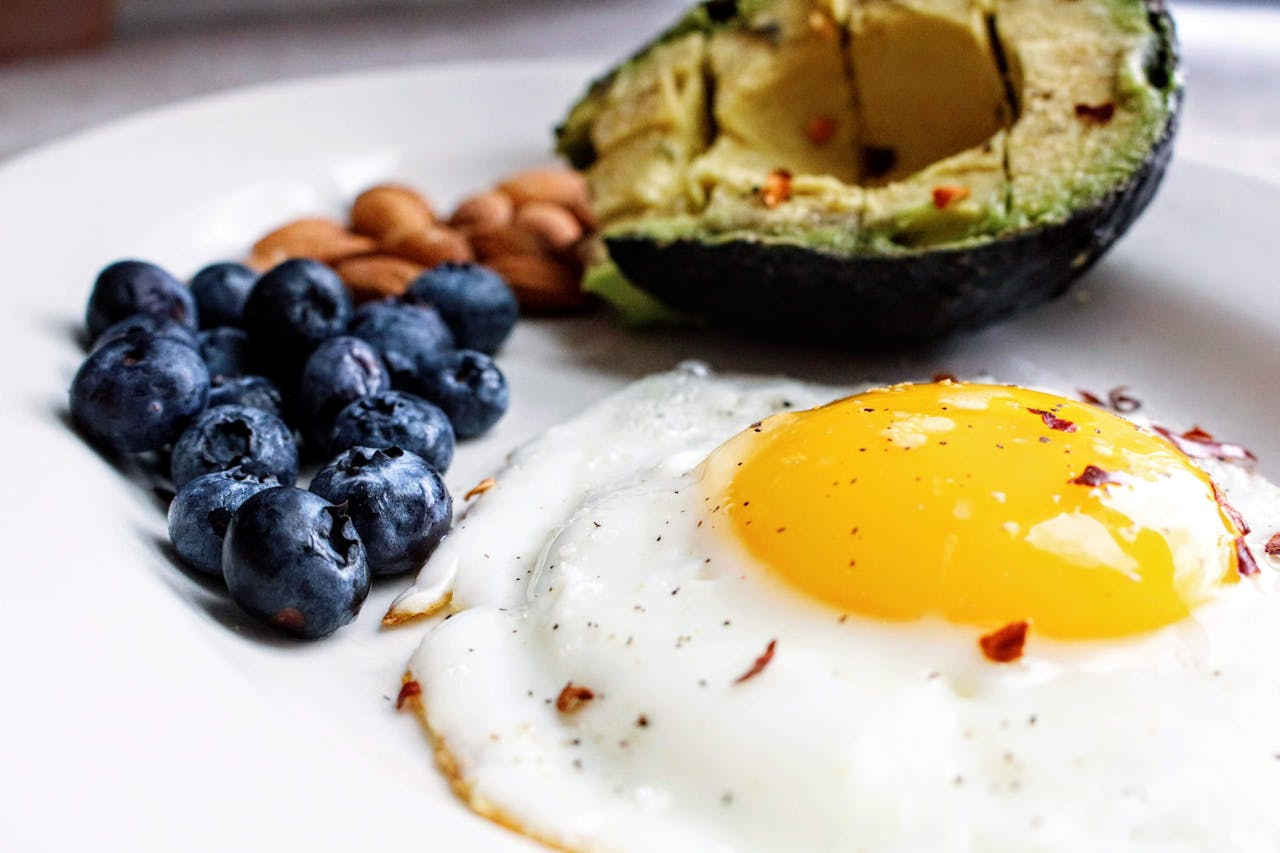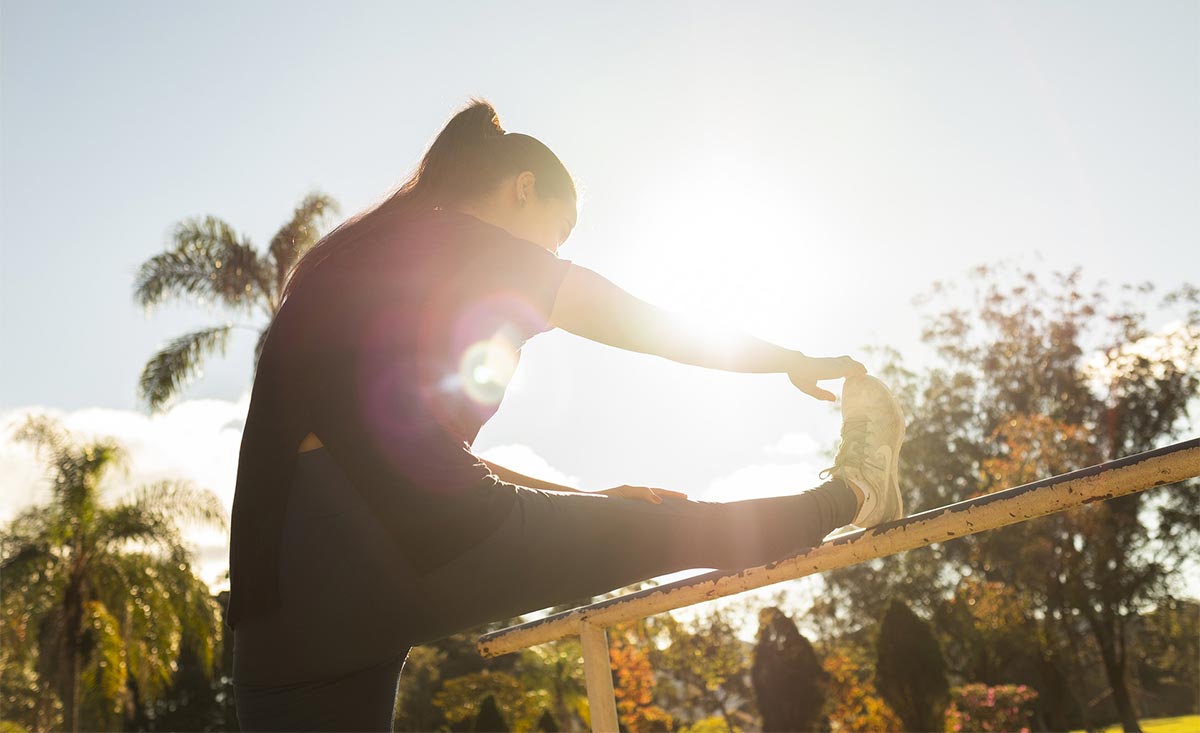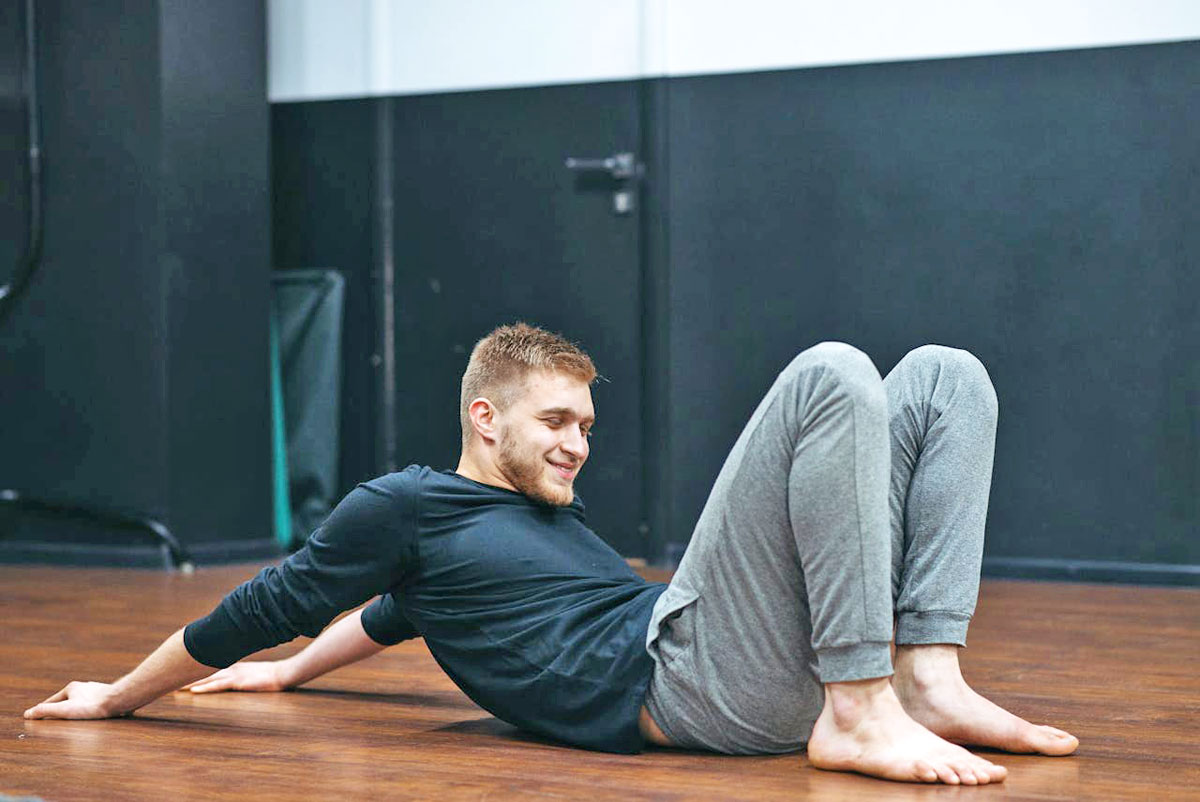The Age of Adaptation
Somewhere between your first shoulder pinch during a push-up and your third chiropractor visit after hiking with your toddler, it hits you: you're not 25 anymore. Welcome to the glorious 30+ club, where "leg day" isn't just about quads but whether you can crouch to tie your shoes without groaning. The pursuit of functional strength is no longer optional; it’s survival. Forget Instagram PRs—this is about movement that actually matters.
Functional training isn't just a buzzword to sell kettlebells and balance boards. It's about preparing your body to perform real-life tasks efficiently, pain-free, and with resilience. And trust us: carrying groceries while herding a toddler on a rainy Tuesday is way more demanding than a barbell snatch.
What Does “Functional” Even Mean?
Let's debunk a myth: functional training isn't standing on a wobble board juggling dumbbells. It's grounded in biomechanics and movement science. At its core, functional strength means strengthening patterns you use daily—pushing, pulling, hinging, squatting, rotating, and carrying. Think of it as your body's user manual finally written in plain English.
Functional exercises prioritize stability, core engagement, and multi-joint movement. They mimic daily actions, improve coordination, and build a resilient musculoskeletal system. You're not training for sport—you're training for life.
The Aging Athlete: What Changes After 30?
Starting in your 30s, muscle mass begins to decline (a process known as sarcopenia), while connective tissues lose elasticity due to reduced collagen synthesis. Your reaction time slows, recovery takes longer, and injury risk creeps in like a tax audit.
Without intervention, you lose about 3–5% of muscle mass per decade after 30. Tendons stiffen, balance becomes compromised, and your formerly bulletproof knees start to sound like microwave popcorn. Functional training counters this decline with mobility, proprioception, and strength movements adapted for longevity.
Pillar Work: Core, Balance, Joint Health
If you think a six-pack is the pinnacle of fitness, think again. Aesthetics don't equal function. Your core includes the transverse abdominis, pelvic floor, diaphragm, and multifidus—all crucial for spinal stability and injury prevention.
Functional strength training targets not just the mirror muscles but those behind-the-scenes stabilizers that keep you upright, coordinated, and injury-free. Exercises like the Turkish Get-Up, single-leg deadlifts, and farmer's carries don't just look cool—they bulletproof your daily movement.
Table 1: Functional Exercises vs. Daily Usefulness
| Exercise | Functional Value | Real-Life Application |
|---|---|---|
| Farmer’s Carry | Grip, core, posture | Carrying groceries or kids |
| Step-ups with load | Single-leg stability | Climbing stairs with a bag |
| Turkish Get-Up | Full-body coordination | Getting up from the floor |
| Lateral Lunges | Hip/knee protection | Dodging in team sports |
| Kettlebell Deadlift | Posterior chain, hinge | Lifting boxes safely |
Training Smarter, Not Harder
You're no longer trying to max out your deadlift just to impress someone at the gym who probably didn't notice. You train now to stay pain-free, mobile, and capable. This requires progressive loading, mobility work, and enough rest to keep inflammation at bay.
Listen to your joints: if your knees hate burpees, stop doing burpees. Replace them with step-through lunges or sled pushes. If your shoulders wince during overhead presses, try landmine variations. Functional training isn't about grinding harder; it’s about adapting wisely.
When “Leg Day” Becomes “Life Day”
We used to joke that leg day made walking upstairs a nightmare. Now, we praise it because it prevents us from becoming the person who injures themselves tying their shoe. Real-life movement is multi-directional, unpredictable, and often inconvenient. Functional strength builds a body that doesn’t break down when life throws curveballs.
This is why seasoned lifters, ex-CrossFitters, and even weekend golfers are moving toward more sustainable, purpose-driven training. The gains may be smaller, but they’re built to last—like a Toyota Hilux with kettlebells.
Optional Table 2: Gym vs. Home Equipment
| Tool | Gym Version | At-Home Alternative |
|---|---|---|
| Cable Row | Seated cable machine | Resistance band with anchor |
| Kettlebells | Professional-grade kettlebells | Sandbags, weighted backpack |
| Balance trainer | Bosu or wobble board | Cushion or soft mat |
| Sled push | Weight sled on turf | Heavy box or baby stroller on driveway |
Built for Life
If you're 30 or older, congratulations: you’re in the prime of functional wisdom. Now is the time to build strength that serves you outside the gym. That means embracing asymmetrical loads, focusing on posture, and choosing exercises that keep you useful—not just aesthetic.
Functional strength isn't about dumbing things down. It's about smart design, risk reduction, and sustainable gains. Your future self will thank you—probably while moving a couch without throwing out your back.


